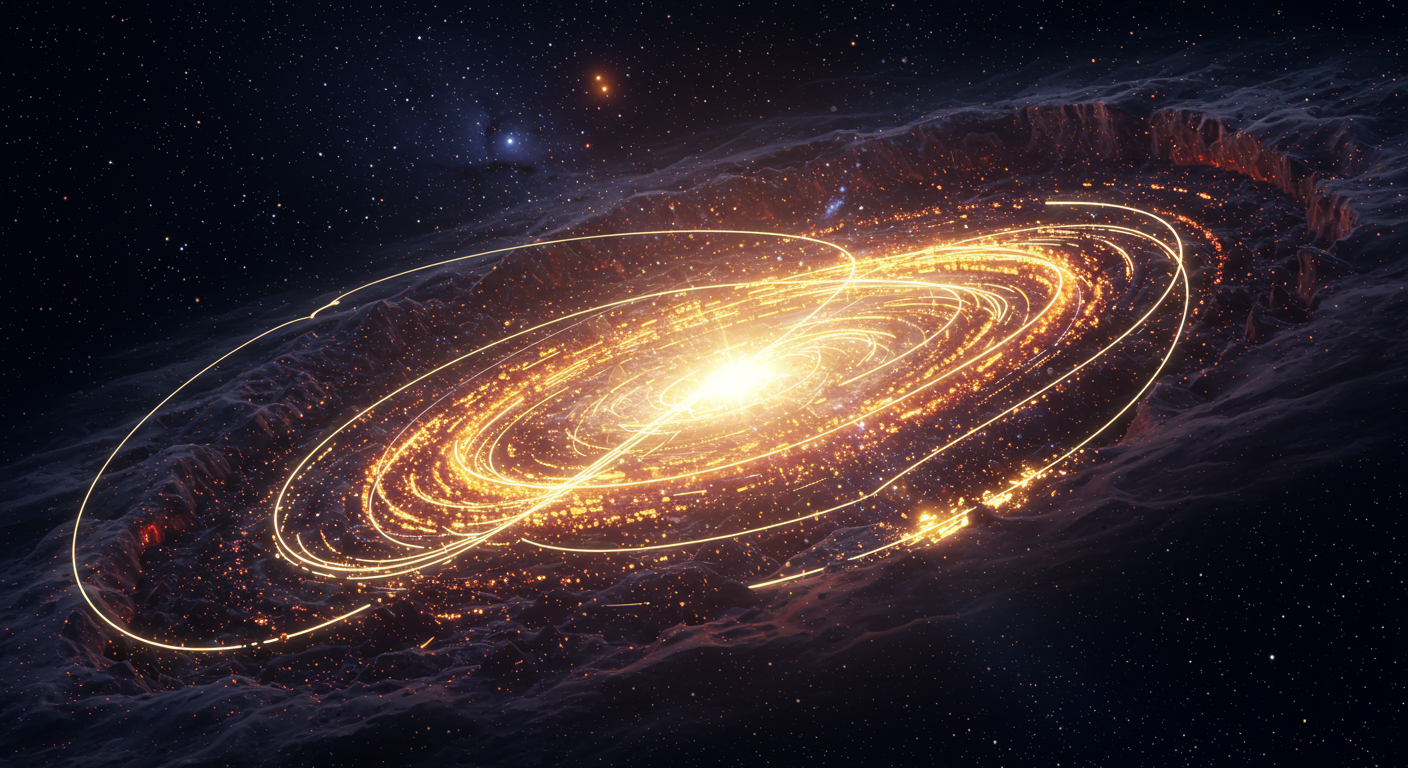A comparison of optimisation algorithms for high-dimensional particle and astrophysics applications

In the ambitious quest to understand the fundamental laws of the universe, physicists and astrophysicists often grapple with complex theoretical models that contain numerous free parameters. A critical step in the scientific method involves confronting these models with experimental data, a process that requires finding the parameter values that best describe our observations. In a comprehensive study detailed in 2101.04525, The DarkMachines High Dimensional Sampling Group, which includes our own Will Handley, provides a rigorous comparison of optimisation algorithms designed to tackle these high-dimensional challenges.
The High-Dimensional Frontier
Modern physics, from supersymmetry to cosmology, frequently involves navigating vast and complex parameter spaces, sometimes with dimensions reaching into the hundreds. The likelihood functions associated with these spaces—which quantify the probability of observing the data given a set of parameters—are often computationally expensive to evaluate, non-differentiable, and riddled with multiple local maxima. This landscape makes simple grid searches or gradient-based methods impractical. The challenge is to efficiently and robustly locate the global optimum, a task essential for robust parameter estimation and model selection. This work directly addresses this need by benchmarking a diverse suite of optimisation techniques, many of which are not yet widely adopted in the physics community.
A Systematic Comparison of Optimisers
The paper systematically evaluates a range of global optimisation algorithms, comparing their performance against both established methods and simple random sampling. The tested algorithms include:
- Differential Evolution (DE): A powerful and popular evolutionary algorithm. The study includes advanced self-adapting variants used in frameworks like GAMBIT (1705.07959).
- Particle Swarm Optimisation (PSO): A swarm intelligence method where particles explore the parameter space.
- Covariance Matrix Adaptation Evolution Strategy (CMA-ES): An evolutionary algorithm that adapts the covariance matrix of its search distribution.
- Bayesian Optimisation (BO): A technique that uses a probabilistic surrogate model to guide the search, particularly effective for functions that are expensive to evaluate (1206.2944). The paper explores both standard Gaussian Process-based BO and the more scalable Trust-Region Bayesian Optimisation (TuRBO).
- Other Heuristics: The study also includes the Artificial Bee Colony (ABC) and Grey Wolf Optimisation (GWO) algorithms.
To ensure a thorough evaluation, these optimisers were subjected to a gauntlet of tests. This included four analytic functions with known solutions but designed to exhibit specific pathologies, such as extremely narrow global minima or a vast number of degenerate local optima. Crucially, the algorithms were also tested on a realistic, high-dimensional problem: a 12-dimensional likelihood function derived from a global fit of the phenomenological Minimal Supersymmetric Standard Model (MSSM7), a complex theory of beyond-Standard Model physics (1705.07917).
Key Findings and Recommendations
The study concludes that no single algorithm is universally superior; the best choice depends heavily on the specific characteristics of the function being optimised. However, several key insights emerged:
- Differential Evolution and the PyGMO Artificial Bee Colony algorithm demonstrated consistently strong and reliable performance across the majority of the test functions, marking them as excellent general-purpose choices.
- Bayesian Optimisation showed its strength in certain scenarios but struggled with high-dimensional problems and sharply-peaked minima, where its explorative strategy can be led astray. The local modelling approach of TuRBO helped mitigate this, but at a higher computational cost.
- Algorithms like the Covariance Matrix Adaptation Evolution Strategy (CMA-ES) and Particle Swarm Optimisation (PSO) also performed well, particularly in finding the global minimum of complex functions, though their efficiency varied.
- Notably, some methods like AMPGO consistently performed poorly, often failing to outperform even random sampling, highlighting the importance of careful algorithm selection.
This work provides an invaluable reference for researchers in particle physics, astrophysics, and cosmology. By offering a side-by-side comparison of a wide array of tools on both synthetic and realistic physics problems, it equips scientists with the knowledge to make more informed decisions about the computational strategies underpinning their discoveries.

Content generated by gemini-2.5-pro using this prompt.
Image generated by imagen-3.0-generate-002 using this prompt.